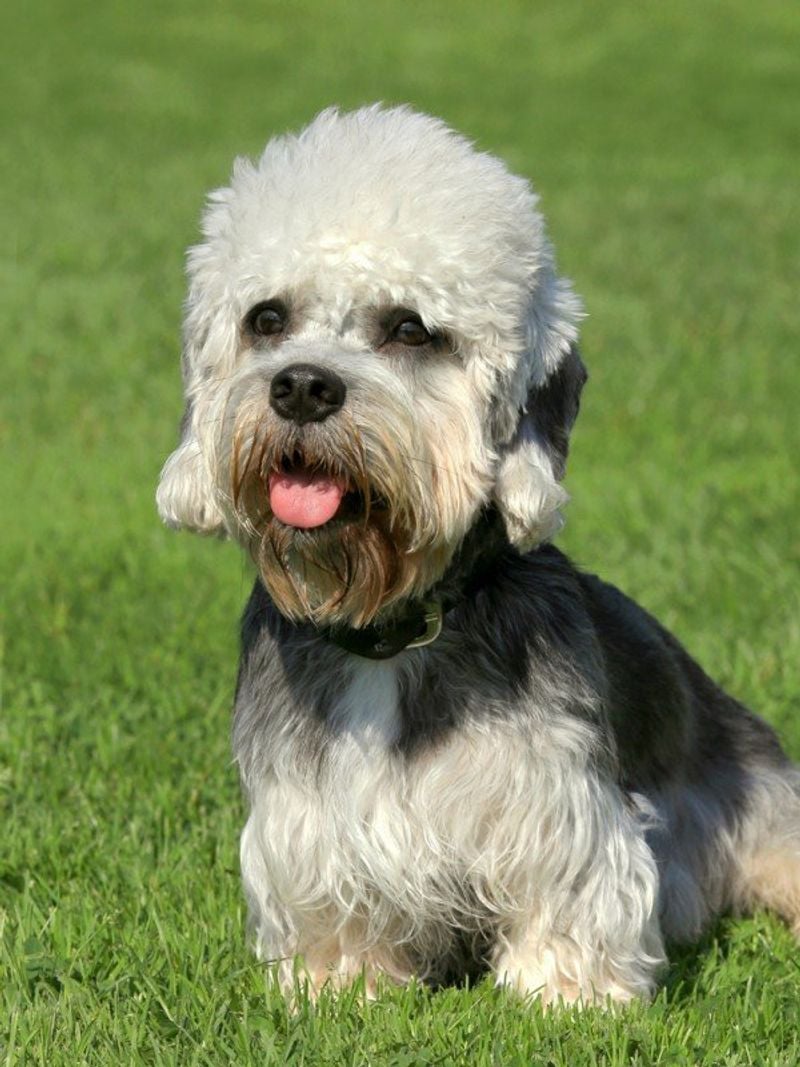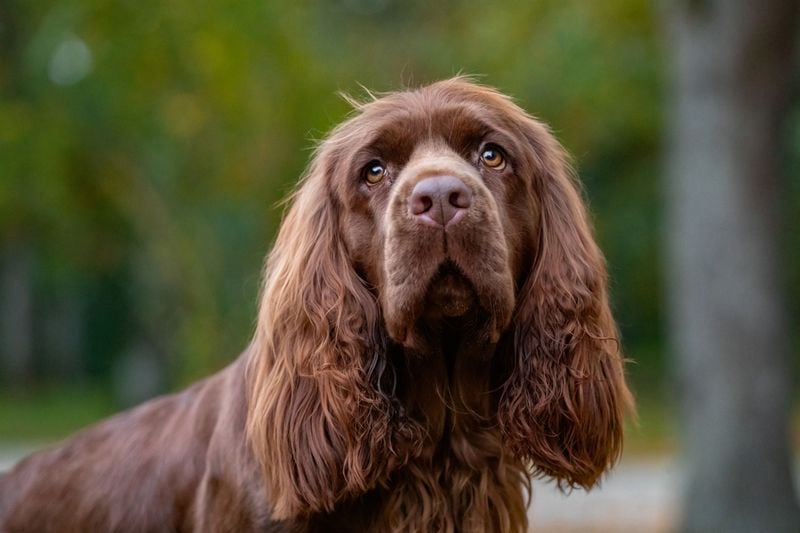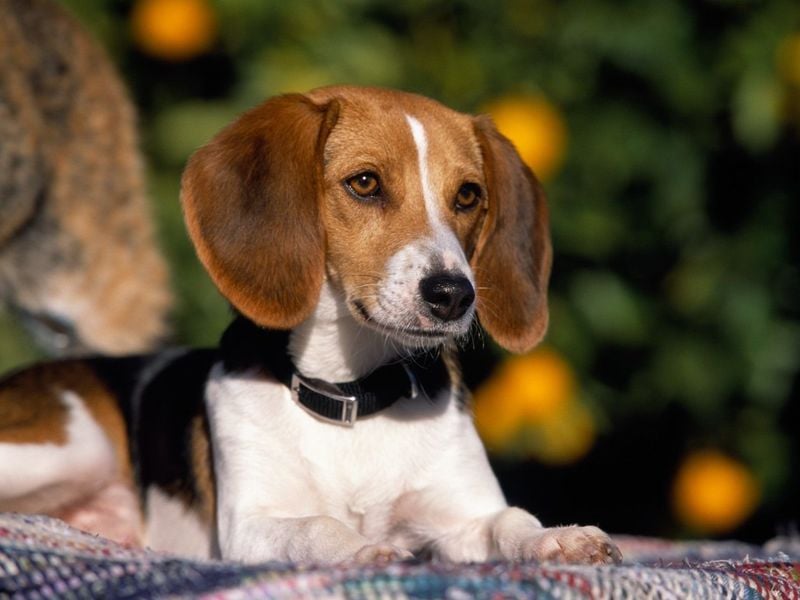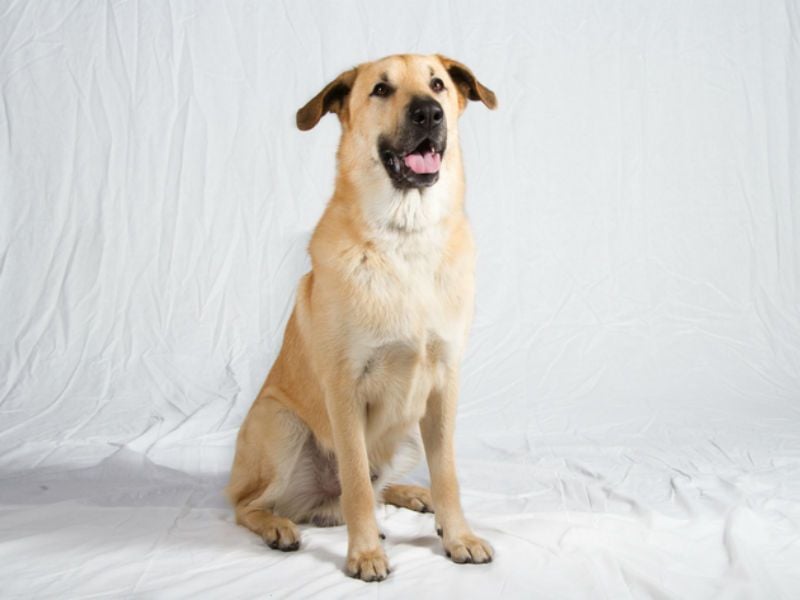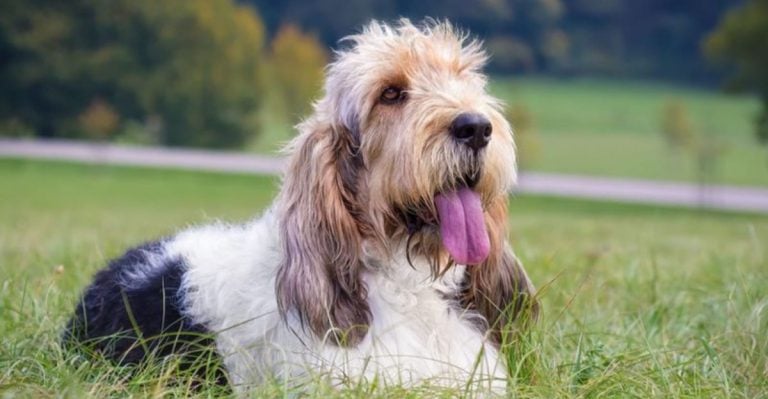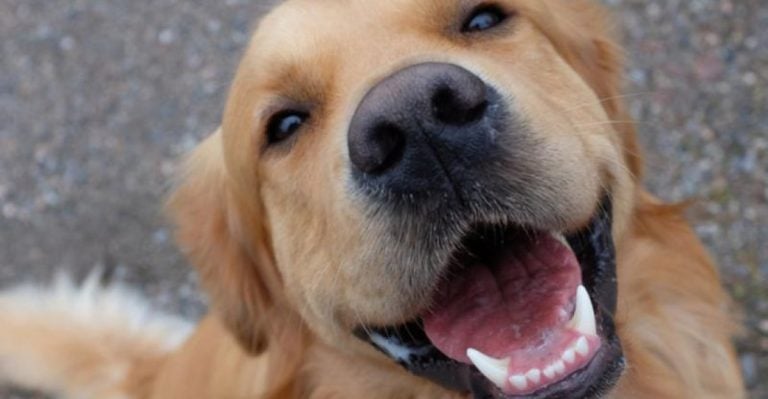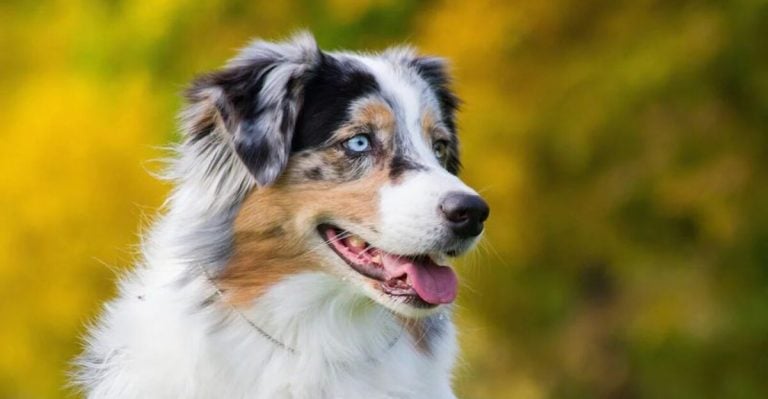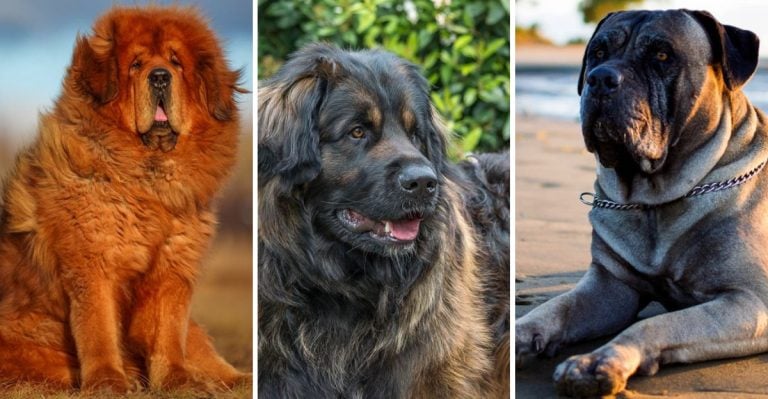These 17 Dog Breeds Were Once Hugely Popular—Now They’re Shockingly Hard to Find
Once adored by royals, Hollywood stars, hunters, and households alike, these 17 dog breeds were the toast of their time. From elegant lap dogs that graced the courts of Queen Victoria to tireless scent hounds that led foxhunts across the British countryside, each of these breeds carved out a unique place in canine history. They weren’t just pets—they were icons, workers, companions, and beloved fixtures in family homes and sporting traditions. But fast forward to today, and many of them are teetering on the edge of obscurity. So, what happened?
In some cases, modern lifestyles simply moved on. As hunting waned and urban living grew, athletic working breeds like the English Foxhound and Harrier lost their spotlight. Designer breeds and social media darlings reshaped popular tastes, pushing heritage breeds like the Field Spaniel or Curly-Coated Retriever further down the list. Others, like the Glen of Imaal Terrier or Dandie Dinmont, never got the fame they deserved beyond small pockets of enthusiasts—and their tiny numbers today prove it.
Many of these dogs are now so rare that entire litters can be counted in the dozens worldwide. A few are even listed as vulnerable or at-risk by kennel clubs due to dwindling registrations. Yet despite their endangered status, each still offers something timeless—courage, loyalty, quirkiness, or charm—that made them popular to begin with.
If you’re a true dog lover or history buff, this list is both a tribute and a wake-up call. These once-beloved breeds haven’t lost their magic—but they are quietly disappearing. Here are 17 incredible dogs that were once everywhere—and now, you’ll be lucky to see one at all.
1. Otterhound
Bred specifically for hunting otters in medieval England, these shaggy water dogs once roamed British riverbanks in packs. Their rough double coats and webbed feet made them perfect aquatic hunters.
When otter hunting was banned in 1978, the breed lost its primary purpose. Today, fewer than 800 Otterhounds exist worldwide—making them rarer than giant pandas!
Despite their friendly temperaments and goofy personalities, most people have never even heard of these gentle giants, let alone seen one in person.
2. Skye Terrier
Queen Victoria’s royal favor once made these elegant, long-coated terriers the height of 19th-century fashion. Their distinctive appearance—floor-length coat, short legs, and perky ears—turned heads wherever they went.
Fashion is fickle, however. As newer breeds captured public attention, Skye Terriers faded into obscurity. The Kennel Club now lists them as a vulnerable native breed with fewer than 30 puppies registered annually in the UK.
Their loyal, dignified nature remains unchanged, but finding one requires extensive searching and patience.
3. Dandie Dinmont Terrier
Named after a character in Sir Walter Scott’s 1815 novel ‘Guy Mannering,’ these distinctive terriers sport a unique silhouette with their long bodies and large, domed heads topped with a silky topknot.
Once prized by both aristocrats and farmers for their hunting prowess and charming personalities, Dandie Dinmonts have experienced a steep decline. Only about 100 puppies are registered worldwide each year.
Their peppery or mustard-colored coats and affectionate nature make them wonderful companions, but finding a breeder requires extensive networking in specialized dog circles.
4. Sussex Spaniel
Recognizable by their rich golden-liver coats and somber expressions, Sussex Spaniels nearly vanished during World War II. When food rationing threatened their existence, one dedicated breeder, Joy Scholefield, saved the entire breed with just a handful of dogs.
Despite their cheerful nature and melodious barking (they’re known as the singing spaniel), Sussex Spaniels remain exceedingly rare. Their shorter legs and heavier build distinguished them from other spaniels.
Modern families seeking active companions typically overlook these historic hunting dogs, with fewer than 60 puppies registered annually in their native England.
5. Irish Water Spaniel
Often called the clown of the spaniel family, these curly-coated water retrievers sport a distinctive rat-like tail and purple-hued coat. Their waterproof curls and webbed feet made them exceptional retrievers in Ireland’s marshy hunting grounds.
Despite being America’s first registered sporting breed in 1878, Irish Water Spaniels lost popularity as Labrador and Golden Retrievers captured public affection. Their intelligence and trainability make them outstanding working dogs.
Modern families rarely encounter these energetic, purple-brown athletes, with annual registrations numbering in the low hundreds despite their hypoallergenic coats and playful personalities.
6. English Foxhound
Meticulously developed for centuries by British hunting enthusiasts, English Foxhounds represent the pinnacle of scent-trailing hounds. Their balanced build combines speed, endurance, and powerful voices that once echoed across the British countryside during traditional fox hunts.
As fox hunting declined—and was eventually banned in the UK in 2004—these athletic hounds lost their primary purpose. While thousands still exist in hunting packs, they’re virtually nonexistent as family pets.
Most people have never met an English Foxhound despite their friendly temperaments and historical significance in developing many modern hound breeds.
7. Glen of Imaal Terrier
Hailing from Ireland’s remote Wicklow Mountains, these sturdy little terriers once performed the unusual job of turnspit dogs—running on wheels to turn meat over cooking fires. Their low-slung, powerful bodies also excelled at badger hunting and vermin control on Irish farms.
When modern kitchens eliminated their cooking duties and farm mechanization reduced vermin-control needs, Glens nearly disappeared. The breed wasn’t even recognized by the American Kennel Club until 2004.
With fewer than 400 puppies registered annually worldwide, these tough, intelligent terriers with their wiry wheaten coats remain one of the dog world’s best-kept secrets.
8. Harrier
Often described as a Beagle’s bigger cousin, Harriers were developed in England for hunting hares in packs, striking a perfect balance between speed and stamina. Their melodious voices and friendly dispositions made them popular with hunting enthusiasts who couldn’t afford larger hound packs.
Despite thriving in England for centuries, Harriers never gained traction as companion animals. The American Kennel Club currently ranks them as their second-rarest recognized breed.
Most people mistake them for oversized Beagles or undersized Foxhounds, contributing to their anonymity despite their excellent family-friendly temperaments and manageable exercise needs.
9. Field Spaniel
Victorian dog shows nearly destroyed these beautiful hunting spaniels when breeders created exaggerated versions with elongated bodies and shortened legs. By the 1930s, Field Spaniels teetered on extinction’s edge.
Dedicated breeders restored their moderate, athletic build, but public awareness never recovered. Their silky, liver-colored coats and mellow temperaments make them excellent family dogs, yet most spaniel enthusiasts gravitate toward Cockers or Springers instead.
With fewer than 50 puppies registered annually in America, Field Spaniels remain a hidden gem in the sporting dog world—known for their trainability and calmer households compared to their spaniel cousins.
10. Clumber Spaniel
Favored by British royalty for pheasant hunting, these massive, white spaniels with lemon or orange markings once graced the finest hunting estates in Europe. Their slow, methodical hunting style earned them the nickname “retired gentleman’s spaniel.”
Modern hunters prefer faster-working dogs, while pet owners often overlook these gentle giants. Their distinctive waddling gait comes from their heavy bone structure and rectangular build.
Despite their calm demeanor and family-friendly personalities, Clumber Spaniels remain exceedingly rare, with heavy shedding and drooling deterring casual owners from discovering these historic treasures with their deep, thoughtful expressions.
11. American Foxhound
George Washington himself helped develop this quintessentially American breed, creating a faster, lighter hound than its English ancestors. These athletic dogs formed the backbone of traditional Southern fox hunting for centuries.
As rural America urbanized and hunting declined, American Foxhounds lost their foothold everywhere except specialized hunting packs. Their loud, musical baying—beautiful in hunting fields—makes them challenging suburban pets.
Despite being one of America’s oldest native breeds, most Americans have never seen one. Those seeking hound companions typically choose Beagles or adopt mixed-breed hounds instead of these historic canines with their tricolor coats.
12. Curly-Coated Retriever
As the oldest retriever breed, these distinctive dogs with tight, oil-resistant curls preceded the popular Labrador by over a century. Their waterproof coats and remarkable memories made them favorite hunting companions along England’s marshy coastlines.
When field trials became popular, their independent thinking style—making their own retrieving decisions rather than constantly looking for handler direction—fell out of favor. Modern hunters preferred more handler-focused retrievers.
Their dignified, self-reliant personalities and low-maintenance curly coats (which naturally repel dirt) make them hidden gems for active families seeking a retriever that’s not on every street corner.
13. Sealyham Terrier
Hollywood once adored these distinctive white terriers with their flowing facial hair and badger-hunting courage. Alfred Hitchcock, Humphrey Bogart, and Elizabeth Taylor all owned Sealyhams during their golden age of popularity.
Created by Captain John Edwards in Wales for otter and badger hunting, these muscular little terriers combine courage with a surprisingly calm household demeanor. Unlike many terriers, they’re content to relax between adventures.
Despite their star-studded past and manageable exercise needs, Sealyhams have become critically endangered, with fewer than 75 puppies registered annually worldwide. Their distinctive appearance—white coats with badger-hunting builds—turns heads on the rare occasions they’re spotted.
14. Belgian Laekenois
The rarest of the four Belgian shepherd breeds, these tousle-coated herders guarded linen drying in fields around the Royal Castle of Laeken. Their rough, disheveled coats protected them while working in all weather conditions.
World Wars I and II nearly wiped them out when Belgium became a battleground. While their cousins—the Malinois, Tervuren, and Groenendael—recovered in popularity, the Laekenois remained obscure.
Only recognized by the American Kennel Club in 2020, these intelligent, protective herders with their distinctive rough fawn coats remain virtually unknown outside working dog circles. Their alert, watchful nature makes them excellent property guardians.
15. Scottish Terrier
From White House pets to Monopoly game pieces, Scottish Terriers were once American icons. These dignified little dogs with their distinctive beards and eyebrows enjoyed massive popularity during the 1930s-40s when President Roosevelt’s Scottie “Fala” became a national celebrity.
Fashion cycles have not been kind to the breed. Modern families increasingly choose designer mixes or more overtly friendly breeds over these independent-minded terriers.
Scottie registrations have plummeted by over 60% in recent decades. The Kennel Club now lists them as a vulnerable native breed in their Scottish homeland—a shocking reversal for dogs once so embedded in popular culture they appeared on everything from pajamas to whiskey bottles.
16. Norwegian Lundehund
Possessing the most extreme physical adaptations of any dog breed, Lundehunds evolved to hunt puffins on remote Norwegian cliffs. Their six toes on each foot, ultra-flexible joints, and ears that fold shut were perfect for navigating narrow cliff crevices in search of birds.
When puffin hunting was banned and alternative food sources became available, these specialized dogs nearly vanished. A devastating distemper outbreak after World War II reduced their numbers to just five surviving dogs.
Modern Lundehunds descend from this tiny remnant population. Their specialized anatomy—including shoulders that rotate 180 degrees—makes them zoological marvels, but their rarity and specialized diets keep them among the world’s most uncommon dogs.
17. Chinook
Born from the mind of New Hampshire polar explorer Arthur Walden, these tawny sled dogs combined the power of Mastiffs with the speed of Huskies. The original Chinook accompanied Admiral Byrd’s 1927 Antarctic expedition, cementing the breed’s adventurous reputation.
After Walden’s death, the breed declined so severely that by 1965, only 125 dogs remained. The Guinness Book of World Records once listed them as the rarest dog breed on Earth.
Conservation efforts have improved their numbers slightly, but Chinooks remain exceptionally uncommon. Their gentle temperaments and moderate exercise needs would suit many active families, yet most Americans have never encountered these homegrown treasures with their distinctive tawny coats.



